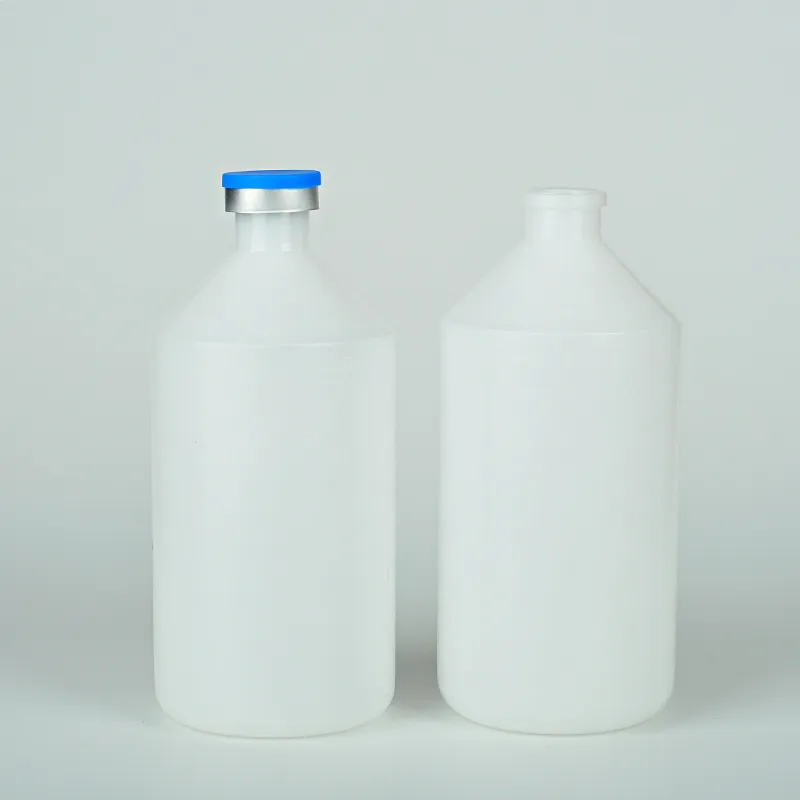urine collection tubes with preservative
Understanding Urine Collection Tubes with Preservatives
Urine collection is a critical aspect of medical diagnostics, providing valuable insights into a patient's health status and aiding in the identification of various medical conditions. To ensure the integrity and reliability of urine samples, the use of urine collection tubes with preservatives has become increasingly common. This article explores the importance, types, and applications of these specialized tubes in medical practice.
The Importance of Preservatives in Urine Collection
Urine is a biological fluid that can undergo significant changes in composition if not collected, stored, and transported properly. Factors such as temperature, exposure to light, and time can lead to the degradation of components present in urine, potentially skewing test results. For instance, the concentration of certain analytes can fluctuate, while bacterial growth can alter the sample's characteristics. Preservatives are therefore essential in stabilizing urine samples, preventing the degradation of compounds, and ensuring accurate analysis.
Types of Urine Collection Tubes with Preservatives
There are several types of urine collection tubes with preservatives available in the market, each designed to stabilize specific analytes. The choice of tube often depends on the tests to be conducted. Some commonly used preservatives include
1. Borate Borate is often used as a preservative to maintain the integrity of urine samples. It helps in controlling pH levels and inhibiting bacterial growth, making it suitable for tests assessing metabolic byproducts.
2. Hydrochloric Acid (HCl) HCl is utilized to preserve urine samples for certain biochemical analyses, such as the determination of amino acids and certain hormone levels. The acid helps preserve compounds that might otherwise degrade in a neutral pH environment.
3. Sodium Fluoride This preservative is effective in preventing glycolysis, a process where glucose is metabolized by bacteria present in the sample. Sodium fluoride is particularly useful for glucose testing.
urine collection tubes with preservative

4. EDTA (Ethylenediaminetetraacetic acid) EDTA serves as a chelating agent, binding to metal ions that could interfere with certain assays. It is commonly used in tubes designated for trace metal analysis.
Applications in Clinical Diagnostics
Urine collection tubes with preservatives are invaluable in a variety of clinical settings. They are commonly used in routine urinalysis, therapeutic drug monitoring, and the detection of specific diseases. For example
- Routine Urinalysis In standard urinalysis, having a stable sample is critical. Tubes with preservatives help in maintaining sample integrity until they are analyzed, ensuring accurate assessments of elements like protein levels, glucose, and ketones.
- Therapeutic Drug Monitoring For patients on medications that require level monitoring (e.g., antiepileptics), urine samples collected in preservative tubes can provide accurate drug concentration measurements, allowing for appropriate dosage adjustments.
- Disease Detection In conditions like diabetes or infections, urine analysis can reveal vital information. The use of preservative tubes ensures that time-sensitive analytes remain stable, leading to reliable test interpretations.
Conclusion
In summary, urine collection tubes with preservatives are crucial tools in modern medical diagnostics. They help maintain the integrity of urine samples, thereby ensuring consistent, reliable, and accurate test results. As the medical field continues to evolve, the importance of accurately preserved biological samples will only grow, reinforcing the role of these specialized collection tubes in promoting better health outcomes. For healthcare providers and patients alike, understanding the significance of these tubes can enhance the quality of care, ultimately leading to more informed clinical decisions.
-
Aesthetic Makeup Spray Bottles | Fine Mist Empty RefillableNewsAug.19,2025
-
White Plastic Veterinary Vaccine Vials | Lab Liquid BottlesNewsAug.18,2025
-
Plastic Medicine Liquid Bottle: Secure Flip Top Drug VialsNewsAug.17,2025
-
Durable 250ml Blue Plastic Vaccine Vial for Lab & Vet UseNewsAug.16,2025
-
Sterile Virus Sample Tubes: Secure & Reliable Specimen CollectionNewsAug.15,2025
-
White 250ml Plastic Vaccine Vial for Lab & Vet MedicineNewsAug.14,2025
























